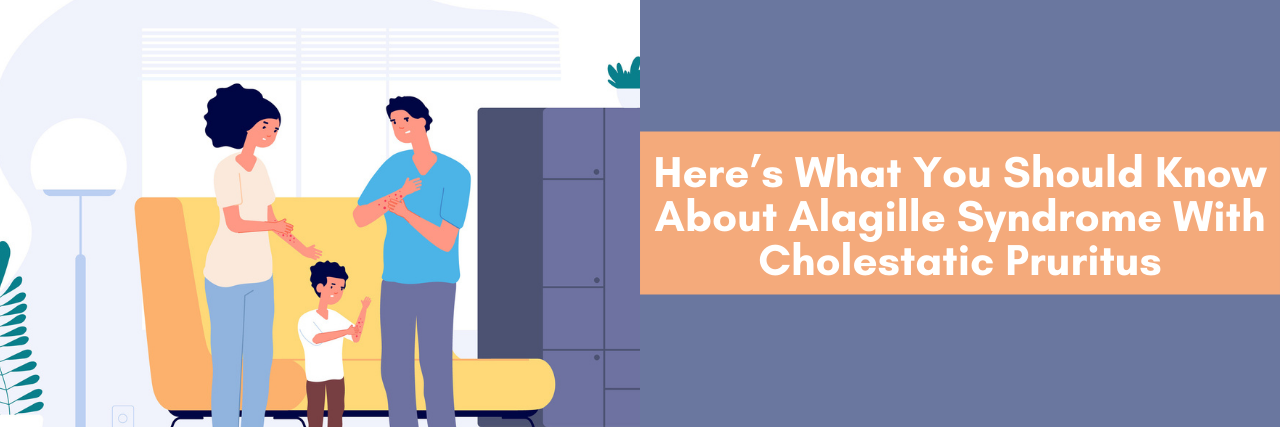Alagille syndrome is a rare, genetic condition that causes build up of a digestive fluid called bile within the liver. Usually, this fluid leaves the liver through bile ducts; however, in individuals living with Alagille syndrome, there are not enough of these critical ducts. Too much bile then remains in the liver, causing symptoms associated with the condition.
Bile has important functions in the body: it helps digest fat-soluble vitamins (think vitamins D and K) and removes waste. You may think that an increased amount of bile would be beneficial. Less waste in the body and increased vitamin absorption sounds great, right? Unfortunately, that’s not one of the side effects of living with the condition. In fact, because the bile is unable to easily move from the liver to the small intestine where vitamins are absorbed, people living with Alagille syndrome typically have vitamin deficiencies. Alagille syndrome is a serious, life-threatening condition because the increased bile in the liver can actually damage the organ and potentially lead to liver failure. It can also affect many other organs in the body, including the heart, brain, and kidneys.
Navigating an Alagille syndrome diagnosis can vary greatly from person-to-person, even between different family members who live with the condition. In her personal story, Mighty contributor Mia Carella explains what it’s like in her family:
“While my husband and son have only been monitored for symptoms they experience, my daughter was born with a very serious congenital heart defect due to Alagille syndrome that needed immediate intervention. While some people may have only one organ system affected, others may have several.”
Although monitoring the liver is a primary concern for caregivers of and individuals living with Alagille syndrome, one of the most challenging day-to-day symptoms of the condition is cholestatic pruritus. This persistent and difficult-to-treat itching is caused by elevated bile levels in the blood, and it’s estimated that 88 percent of individuals with Alagille syndrome experience cholestatic pruritus. Mighty contributor Kristen Baugher describes what caregiving is like for her daughter who experiences cholestatic pruritus:
“[Alagille syndrome] created an invisible pain itching in my daughter’s body that causes day-and-night suffering.”
Although there is no cure for Alagille syndrome, there are some treatments and lifestyle tips that can be used to help make cholestatic pruritus symptoms more manageable. The Child Liver Disease Foundation, a UK-based charity that focuses on liver disease advocacy, shares plenty of tips on their website. Some recommendations include:
- Keeping your or your child’s nails short and filed
- Taking cool baths and keeping cool in the summer with air conditioning
- Wear breathable clothing and especially for children, dress them in clothes that cover the skin or hands to prevent scratching
- Work with school officials and human resources to provide accommodations as needed
Have any additional suggestions for coping with the itch of cholestatic pruritus? Add them in the comments below!

